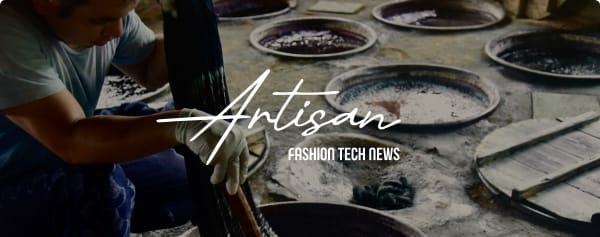12.25THU
Relay Column: Imagining Modern Japan Through the Act of Sewing (Kazuho Maeda)

PROFILE

Kazuho Maeda
Academic staff at the Labor Research Materials Room, Institute of Social Science, University of Tokyo. Specializes in historical sociology and social research. Through the history of urban environmental policies, aims to re-examine issues related to families, welfare, and social problems in modern Japan. Publications include "Management and Resistance in Urban Parks in Late Meiji Period Tokyo" in "ソシオロゴス" No. 43 (2019) and "The Evolution of Topics in Modern Tokyo's Urban Parks as Seen Through Newspaper Articles" in "テキスト計量の最前線:データ時代の社会知を拓く" edited by Teruhito Sako (2021, Hituzi Shobo).
researchmap
When I was asked to write a column on the theme of "Fashion and Technology," I was honestly quite perplexed. Unlike the others who have contributed to this relay column, I have spent my research life largely disconnected from both fashion and technology. Until now, my research has focused on the history of urban environmental policies (specifically, urban park policies) to understand modern Japanese families, welfare, and social issues. By studying the origins of places, objects, and systems, I have contemplated the lives of ordinary people behind them.
This time, I would like to introduce research that also approaches fashion and technology in a similar manner, thereby passing the baton to the next contributor. I will proceed with writing this column on what is, for me, a challenging theme, using American historian Andrew Gordon's "Fabricating Consumers: The Sewing Machine in Modern Japan" (2012=2013) as my starting point.
The Sewing Machine & Modern Japan
In "The Sewing Machine in Modern Japan," Gordon outlines the arrival, commercialization, dissemination, and eventual decline against ready-made clothing of the sewing machine over about a century in modern Japan. Among the many topics Gordon discusses are the advancements in mass production and consumption surrounding the sewing machine, the formation of modern consumers, the conflict between kimono and Western clothing, the proliferation of Western clothing and industrialization of garment production, labor disputes initiated by Japanese workers against American corporate management, and the independence of Japanese sewing machine companies (JANOME Corporation).This article is for members only.
Please register to read the rest of the article.
What you can do with a membership
- Read members-only articles
and use text-to-speech. - Unlimited article favourites
and browsing history. - Attend members-only events.
- Get the latest information
with our email newsletter.
CONCEPT VIDEO
"fashion tech news" Unveils New Logo & Concept Video
TOP ARTICLES
RELATED ARTICLES
CONCEPT VIDEO
"fashion tech news" Unveils New Logo & Concept Video
CONTACT
If you have any questions or enquiries, please enter your details in the form below.








.jpg?w=400&fm=webp)

.jpeg?w=400&fm=webp)







.png?w=400&fm=webp)


